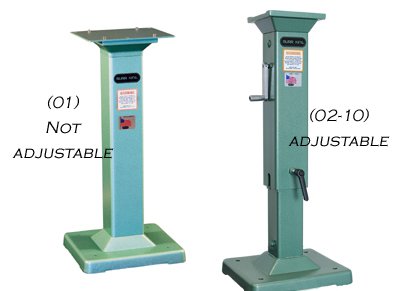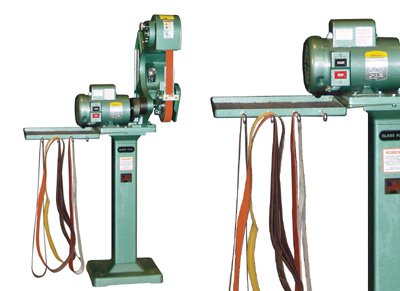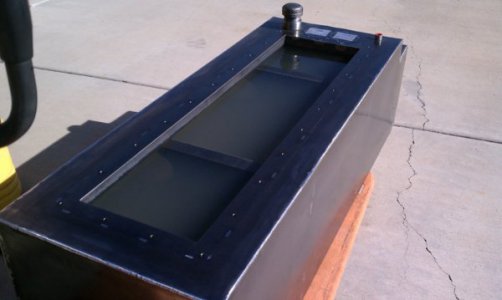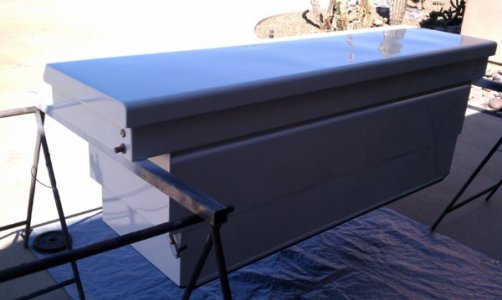- Joined
- Jan 20, 2016
- Messages
- 1,011
I don't think it really matters. For ease I think I would anchor 2 pieces as firmly and accurately as you can. Clamping to a couple of pieces of angle iron is not a bad idea. The tacks should be real short - about 1/4" and as such shouldn't do much of any warping. After getting 2 pieces tacked together tack the 3rd then the 4th in place. Just seems a lot easier to hold 2 parts in position than 4!!
After you release the clamps you can tap, bend, force or whatever the metal into straightness before welding. Keeping the project firmly clamped wherever you can when welding will help a lot too.
One last thought. When positioning for welding set things up in the easiest and most comfortable positions as you can. If you watch Jody's videos, he always makes dry runs so he knows he will not be putting himself in awkward positions.
You'll do fine. If it comes out really warped you can always support the ends on 2x4s and drive over the high side with your car!!! (I've done that and worse).
After you release the clamps you can tap, bend, force or whatever the metal into straightness before welding. Keeping the project firmly clamped wherever you can when welding will help a lot too.
One last thought. When positioning for welding set things up in the easiest and most comfortable positions as you can. If you watch Jody's videos, he always makes dry runs so he knows he will not be putting himself in awkward positions.
You'll do fine. If it comes out really warped you can always support the ends on 2x4s and drive over the high side with your car!!! (I've done that and worse).





